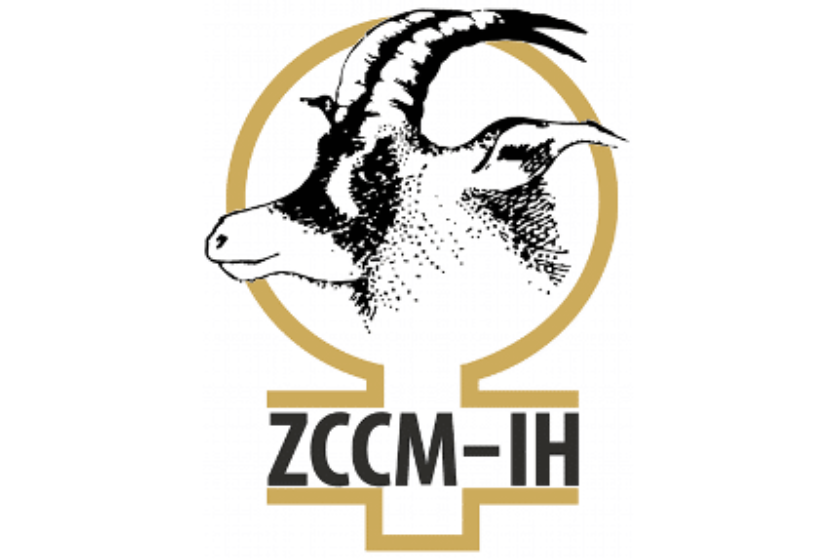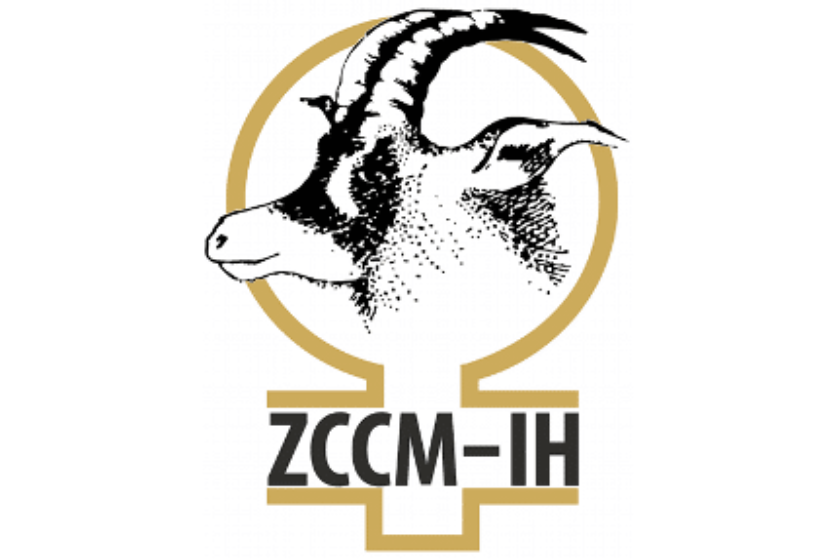Lusaka — Born in 1979 in Kaoma district in the western part of Zambia, Likonge Makai, an energy systems expert, did not know that one day she would be a source of light to many families in Zambia.
Today Likonge prides herself in providing the most efficient and affordable source of energy to households under her nongovernmental organization called LiChi’s Community Solution (LSC).
LCS was formed in November 2014, and had two projects; one sponsored by Institute of Electrical and Electronics Engineers Smart Village through Kilowatts for Humanity in Filibaba, Chingola and the other by IEEE Smart Village itself in Shikwakala, Lukulu. The projects came into implementation in September and November, 2015 respectively. It has impacted to over 600 people (85 households) by providing lighting in their homes and schools.
Likonge says the direct impact has been that school going children are able to read in the night and over 150 people (19 households) are able to listen to radio and watch Television. LCS has so far employed two workers from Filibaba and sponsors a grade 10 pupil at Ipafu Secondary School. At its first anniversary recurrently the filibaba energy kiosk had produced nearly 500 kilowatt of electricity which has also charged 1500 cell phones.
‘Our recent significant works are in Mimbula and Ipafu rural areas on the Copper belt province of Zambia where we have built the first solar energy kiosk targeting a population of over 1200 people, comprised of 25 households, 6 churches, and a community school with 165 pupils’, says energy systems expert Likonge.
According to the Energy Regulation Board, as at January 2016, Zambia was experiencing a power deficit of approximately 1,000 megawatts and 760 MW in April 2016. With the energy deficits that Zambia is grappling with, many experts are looking to ways of finding lasting and sustainable alternative sources of energy to supplement hydro power. The country has over the last few years suffered from massive load shading which has resulted in loss of business thereby by affecting the economy and everyday live hood.
Likonge, an only child from her parents once never dreamt of becoming an electrical engineer later on an energy expert. Her passion was to become a Veterinary doctor because of her uncle whom she lived with in the early years of her life.
‘Due to my father’s death in February 1989, I relocated to Katete district, Zambia (Eastern Province) under the care of my father’s brother a Veterinary Doctor. It was then that I was separated from my mother until 2006. Vulamkoko, in Katete District was a pre-urban community centre with a clinic, agriculture and Primary school in the centre surrounded by villages and farm settlements. We were staying at the Agriculture cape with no electricity and depended on paraffin for lighting and wood fuel for cooking. I loved the interaction between the rural communities and educational, agriculture and health workers that I started thinking of following my uncle’s footsteps to become a Veterinary doctor one day ‘says Likonge.
This however was not to be. Likonge’s fate changed once again after her uncle died in a road accident, three years after staying with him in Katete. Her uncle’s death came two months before she wrote her Grade 7 exams. She was forced to relocate to Ndola district on the Copper belt Province to stay with another of her dad’s young brother. Fortunately Likonge continued with her education and finished her secondary education with flying colours.
Being an ‘A’ grade student, Likonge qualified to attend university at both the public universities in the country. She enrolled with the copper belt university where she had applied to study either Business Administration, Production Management or Rural and Urban Planning. But her destiny was already written and in instead of been accepted in either of the three programmes, her acceptance letter came indicating Electrical /Electronics. In 2004 Likonge obtained a Bachelor of Engineering in Electrical/Electronic Degree specialising in Power Systems.
In July, 2006 Likonge started working for Zambia’s second biggest copper producer Mopani Copper Mines plc, as Senior Assistance Engineer – Electrical. In 2007 Likonge resigned and joined another mining company called Konkola Copper Mine plc which is Zambia’s biggest producer of cooper where she is currently working as Project Support Office – Administrator at Technical Department, Corporate in Chingola (Copperbelt Province.
‘I joined Konkola Copper Mines plc (KCM), Zambia’s biggest copper producer, Chililabombwe district in January 2008 as Senior Assistant Engineer – Electrical, same entry position at Mopani and after working for a year was promoted as Sectional Engineer Projects – Electrical. The main project I was made to design and implement was Power Reliability Project that was designed to provide reliable power supply to the mine without any interruption under any given conditions considering Konkola Integrated Business Unit (KIBU) being the wettest mine in Zambia pumping out an average 350,000 cubic meters of water per day.
“The main objective for PRP was to replace the oil circuit breakers with the vacuum circuit breakers for 15 off 11kv and 3.3kv substations, however other support projects were identified and implemented which included the procurement, supply, installation, testing and commission of 16 off HT motors, 4 off Capacitors, rehabilitating and revamping special tool room with various special tools/instruments for electrical and instrumentation and staff training. I was also in charge of the 24Mw power plant project from inception and did the scope of work, land survey, procurement and installations for the setup of the 24 megawatts Diesel Generator Plant now called, Vedanta Power Plant,’ noted Likonge.
It was because of the of high electricity consumption by mining activities leading to low access of electricity for household sector that Likonge draw the motivation to study for her masters in energy systems in Nepal Nepal at Kathmandu University under NORAD’s scholarship. Her research interests included effective, affordable and efficiency energy to allow even the poorest people in remote rural areas Zambia to have access to clean and sustainable energy.
‘Upon completion of my masters I returned to my home country and reinstated in KCM as Head Engineer for Energy Management in October, 2014. I became in Charger of Motor repair Services and a 24Mw Vedanta Power Plant. I did not only initiate and implement the project, I was given to run it’ in additional to Konkola energy management.
‘In August 2015, I was transferred to Konkola Concentrator as Assistance Engineering Superintendent Electrical at the same time curried on championing the project for power cost saving initiatives associated with compressors, pumps, ventilation, winder, concentrator, without affecting production to reduce energy consumption power Maximum Demand for Konkola unit. I only spent close to a year at Konkola Concentrator and applied for internal Job advert that I attended and successfully was selected as Project Support Office – Administrator for KCM Projects. Been on this job from June 2016 to date’, added Likonge
With all this experience, Likonge thought it wise to work with rural communities that do not have grid power supply, by helping them have access to electricity. Through her NGO LIChi community solutions, a project supported by IEEE Smart Village, she is empowering rural communities through cohesive linkages with renewable sources of energy to advance quality education, creation of sustainable rural enterprises, health and environmental sustainability.
Apart from providing lighting, over 9 phones are charged every day at the energy kiosk in Filibaba at a rate of 2 ZMK (0.20 USD) per phone. The energy kiosk innovation gives rural Ipafu community access to 15,768 kWh/year. The energy Kiosk also supply household groceries to help the community not to travel the distance of over 23km to go and buy groceries.
‘The short term objective is to provide an estimated clean, renewable energy annually from the energy kiosk, Solar Home Lighting Kits (SHLKs) and Solar Home Systems (SHS) supplied to the communities in the hope of impacting more than 5,000 people by the end of 2017. Under our works in rural Mimbula area we have built information communication technology at a primary school with 324 pupils to be solar powered and provide solar power to 400 people (15 households). We have started the first solar reticulation and bio-digester drier fish hatchery in Chingola district with 125 rural women trained and women out grower scheme using bio-slurry as manure to improve crop yield is under construction’, Likonge noted.
As a member of the Institute of Electrical and Electronic Engineers (IEEE), Engineers Institute of Zambia (EIZ), Energy Regulation Board (ERB), Women in Power (WiP), IEEE Smart Village, Kilowatts for Humanity (CSI) and Chitemwiko Foundation, Likonge mother of twins, feels she is part of the solution to Zambia energy deficit.
“In the past, my passion was to work with rural communities to improve their lives and was inspired by my late uncle, the Vet Doctor. My dream to work with the community is now being achieved and am walking it. It is a male dominated area but I feel comfortable knowing that am as good as them.’ Said Likonge.
According to Zambia’s Energy Regulation Authority, demand for power in Zambia and been growing steadily over the past few years to around 1, 300 Megawatts . on the other hand generation capacity has remained fairly stagnant. Only 25 % of Zambia population has access to electricity and the level of access in rural areas is less that 5 %. ERB records that currently Zambia’s source of electric energy is 96 percent hydro, 2.1 percent thermal, 1.7 renewable comprising of solar and small hyrodrosolar potential stand at 6 to 8 hours per day while coal power at over 300 MW by end of 2016.
Source: allAfrica



